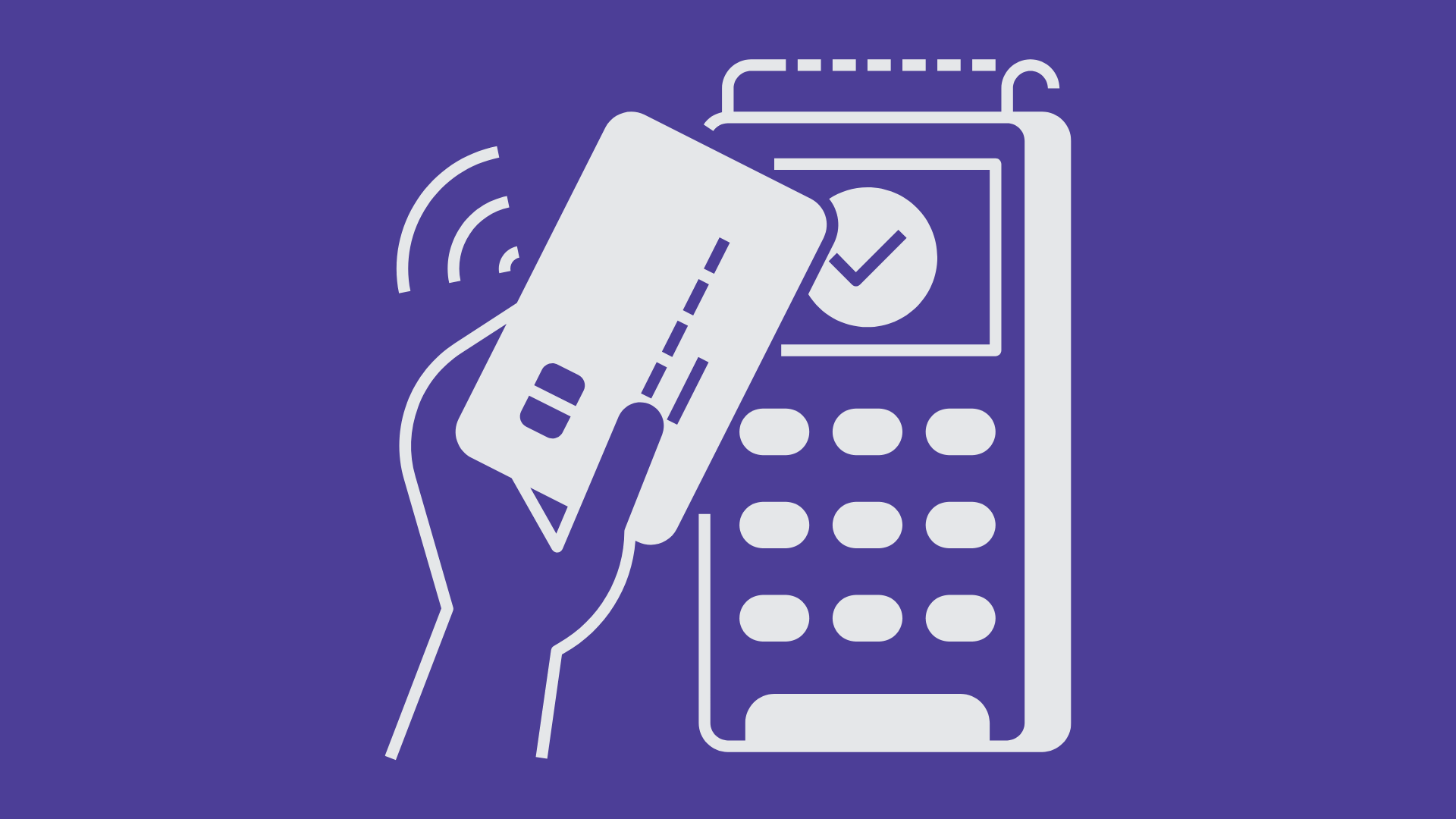Securing customer-facing apps is a must for any business in this day and age. With technology playing such a big role in our lives, it's important to ensure that customer's sensitive information is protected from any cyber threats or malicious attacks. Customer-facing applications often deal with sensitive and personal information, and depending on the nature of this data, they must adhere to various regulatory requirements. A security breach can lead to a loss of trust, financial damage, and harm a company's reputation.
The security needs for enterprise applications differ from other application types. Their role as the business's representative, the sensitive customer data they store and process, their obligation to meet stringent regulatory standards, their frequent exposure to advanced cyber attacks, and the expectation of constant, round-the-clock availability underscore why it's so important to take a thorough and proactive approach when it comes to securing them.
If your application processes data governed by regulatory or contractual obligations, maintaining an in-depth understanding of the compliance requirements is crucial. Some examples of these regulations and the associated data types are elaborated further below:
Health Insurance Portability and Accountability Act (HIPAA): If the application handles health-related information in the United States, it must comply with HIPAA. This regulation sets the standards for protecting sensitive patient data, including health status, provision of health care, or payment for health care.
Payment Card Industry Data Security Standard (PCI-DSS): This standard applies to applications that process, store, or transmit credit card information. PCI-DSS prescribes a set of comprehensive requirements for enhancing the security of cardholder data.
General Data Protection Regulation (GDPR): If the application deals with data belonging to EU citizens, it needs to comply with GDPR. GDPR mandates that companies protect the personal data and privacy of EU citizens for transactions that occur within EU member states.
California Consumer Privacy Act (CCPA): For applications serving California residents, they must comply with CCPA. It gives consumers more control over the personal information that businesses collect about them.
Children's Online Privacy Protection Act (COPPA): If the application collects information from children under 13 in the US, it must comply with COPPA. It imposes certain requirements on operators of websites or online services directed to children.
Personally Identifiable Information (PII): Any application handling PII, which is any data that could potentially identify a specific individual, must take steps to protect that information from misuse and theft.
Even for those not directly subject to these specific regulations, customer-facing applications still carry inherent risks. Utilizing the OWASP ASVS standards is a strategic measure for enhancing the security of your customer-facing applications. The Application Security Verification Standard (ASVS) is a recognized framework developed by the Open Web Application Security Project (OWASP). It outlines best practices for ensuring web application security that can be used by architects, developers, testers, security professionals, tool vendors, and end-users - to define, construct, evaluate, and verify secure applications. The current iteration of ASVS, version 4.0.3, was released in October 2021. However, strides are being made towards the development of ASVS version 5.0, with its full objectives and roadmap having been officially unveiled.
The ASVS encompasses three tiers of security controls, each escalating in rigor and stringency, which provide a versatile tool for organizations aiming to enhance their application security. Let's examine these below.
Level 1: This includes the most basic controls, applicable to all web applications. It is easy to automate and ideal for a broad coverage of potential security issues.
Level 2: This represents the standard application security industry's norms and best practices, offering a higher level of assurance than Level 1.
Level 3: This level offers the highest degree of security, suitable for applications managing sensitive data where security is critical, such as in financial services, healthcare, or government entities.
The OWASP ASVS is organized into 14 sections, each covering a different aspect of application security:
- Architecture, Design and Threat Modeling: This standard focuses on the creation of secure application designs and involves assessing potential threats and vulnerabilities.
- Authentication: This standard deals with verifying the identity of users or processes, ensuring that the system can reliably determine who is making requests.
- Session Management: This standard centers on properly managing and protecting user sessions, including securely managing session tokens and cookies.
- Access Control: This standard pertains to controlling what resources a user can access, ensuring that users can only interact with the data and operations for which they have permissions.
- Validation, Sanitization and Encoding: This standard covers the proper handling of untrusted data, ensuring that it is validated, sanitized, and properly encoded.
- Stored Cryptography: This standard relates to securing sensitive data at rest, and it includes requirements for encryption and key management.
- Error Handling and Logging: This standard focuses on how errors are handled and logged, ensuring that they do not reveal sensitive information or create vulnerabilities.
- Data Protection: This standard pertains to ensuring the confidentiality, integrity, and availability of data in applications.
- Communications Security: This standard centers on secure network communications, protecting data in transit with proper encryption.
- Malicious Code Search: This standard involves proactively scanning for and mitigating potentially malicious code within the application.
- Business Logic: This standard focuses on identifying and mitigating vulnerabilities that could be exploited through manipulation of an application's business logic.
- File and Resources: This standard covers the secure handling of files and system resources, ensuring they are protected from unauthorized access or manipulation.
- API and Web Service: This standard pertains to the secure design and implementation of APIs and web services.
- Configuration: This standard focuses on maintaining secure application configuration and environment, ensuring that default configurations are secure and that configurations can't be tampered with.
Each of these standards forms a pivotal aspect of a comprehensive application security strategy. Ensuring the security of customer-facing applications is indispensable for safeguarding sensitive data, fostering customer confidence, and preventing potential security infringements. The OWASP ASVS framework can serve as a potent tool in achieving these objectives.
Secure Ideas provides a comprehensive range of testing services, products, and resources, designed to facilitate the development and maintenance of secure applications, in alignment with the OWASP ASVS framework. Our team of experts is committed to supporting you in implementing robust application security controls to protect your digital assets effectively.


